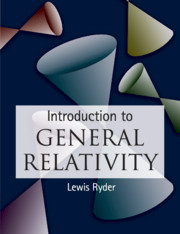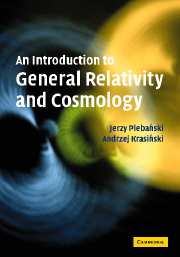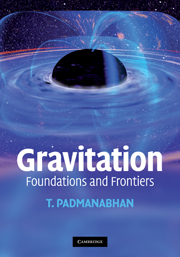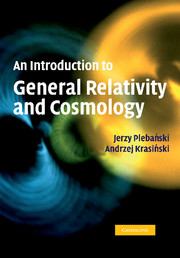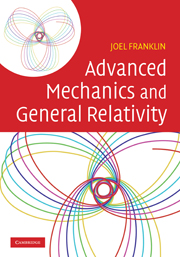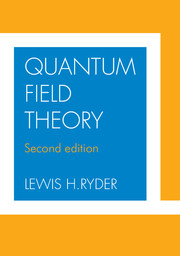Introduction to General Relativity
A student-friendly style, over 100 illustrations, and numerous exercises are brought together in this textbook for advanced undergraduate and beginning graduate students in physics and mathematics. Lewis Ryder develops the theory of general relativity in detail. Covering the core topics of black holes, gravitational radiation, and cosmology, he provides an overview of general relativity and its modern ramifications. The book contains chapters on gravitational radiation, cosmology, and connections between general relativity and the fundamental physics of the microworld. It explains the geometry of curved spaces and contains key solutions of Einstein's equations - the Schwarzschild and Kerr solutions. Mathematical calculations are worked out in detail, so students can develop an intuitive understanding of the subject, as well as learn how to perform calculations. The book also includes topics concerned with the relation between general relativity and other areas of fundamental physics. Selected solutions for instructors are available under Resources.
- Student-friendly style, over 100 illustrations, and several exercises with solutions available online
- Mathematical calculations are worked out in detail to help develop an intuitive understanding of the subject
- Includes topics that overlap with other areas of fundamental physics, to help the reader assess how GR relates to other physics subjects
Reviews & endorsements
"This superb and spirited modern introduction to Einstein’s theory of gravitation covers all of the essential topics with admirable clarity. A penetrating discussion of the basic concepts of the theory is followed by a wonderfully lucid development of the mathematical formalism using modern differential geometry. Ample illustrations and problems enhance and complement the text; moreover, a generous list of references is provided at the end of each chapter for further reading. This scholarly yet accessible textbook is highly recommended for a course on general relativity."
Bahram Mashhoon, University of Missouri
"This book offers a lucid introduction to Einstein's theory of gravitation which is finally part of mainstream physics in many undergraduate final year options. The style is pedagogic and notable for a gentle but concise introduction to modern calculational tools in applied differential geometry along with traditional tensor calculus. The student will surely find the careful attention to detail in the many explicit computations of advanced topics (such as action principles, pseudo-tensors, gravito-magnetism and the Dirac equation in a curved space-time) of immense help in developing an understanding of general relativity. The book provides a welcome fresh approach for all students wishing to take the subject further."
Robin Tucker, Lancaster University
"This modern and inspiring textbook is highly recommended not only for a course on General Relativity, but also to those who wish to learn this exciting subject by a self-study."
Milutin Blagojevic, Annalen der Physik
"...handsomely produced volume... I would recommend anyone teaching this subject to take a look at this text, a strong candidate for the best treatment on the market."
Graham Farmelo, Times Higher Education Supplement
Product details
January 2020Paperback
9781108798372
457 pages
245 × 187 × 23 mm
0.85kg
Available
Table of Contents
- Preface
- Notation
- Important formulae and physical constants
- 1. Introduction
- 2. Special relativity, non-inertial effects and electromagnetism
- 3. Differential geometry I: vectors, forms and absolute differentiation
- 4. Differential geometry II: geodesics and curvature
- 5. Einstein field equations, the Schwarzschild solution and experimental test of general relativity
- 6. Gravitomagnetic effects: gyroscopes and clocks
- 7. Gravitational collapse and black holes
- 8. Action principles, conservation laws and the Cauchy problem
- 9. Gravitational radiation
- 10. Cosmology
- 11. Gravitation and field theory
- References
- Index.

